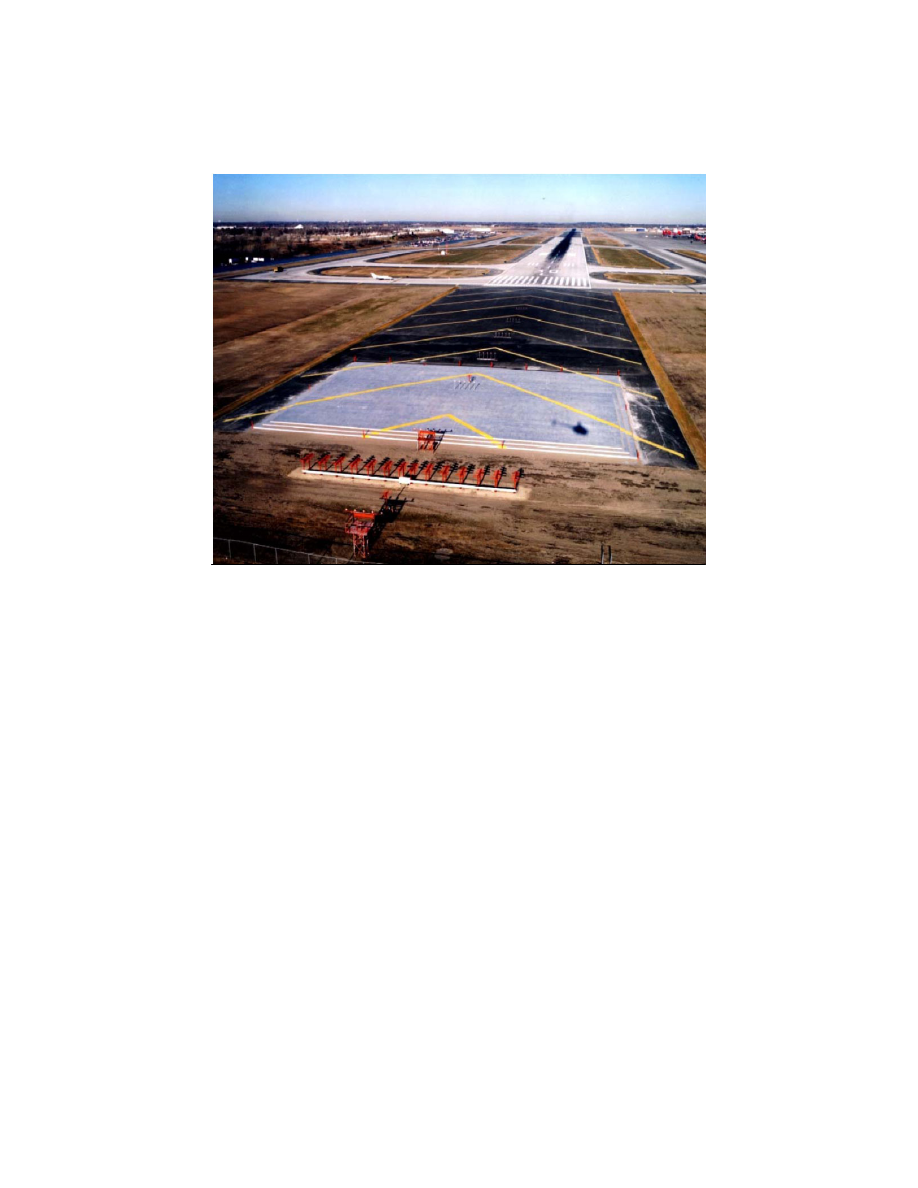
4/20/23
AIM
FIG 2
−
3
−
42
Engineered Materials Arresting System (EMAS)
2
−
3
−
15. Security Identification Display Area (SIDA)
a.
Security Identification Display Areas (SIDA) are limited access areas that require a badge issued in
accordance with procedures in 49 CFR Part 1542. A SIDA can include the Air Operations Area (AOA), e.g.,
aircraft movement area or parking area, or a Secured Area, such as where commercial passengers enplane. The
AOA may not be a SIDA, but a Secured Area is always a SIDA. Movement through or into a SIDA is prohibited
without authorization and proper identification being displayed. If you are unsure of the location of a SIDA,
contact the airport authority for additional information. Airports that have a SIDA will have a description and
map detailing boundaries and pertinent features available.
b.
Pilots or passengers without proper identification that are observed entering a SIDA may be reported to the
Transportation Security Administration (TSA) or airport security and may be subject to civil and criminal fines
and prosecution. Pilots are advised to brief passengers accordingly. Report suspicious activity to the TSA by
calling AOPA’s Airport Watch Program, 866
−
427
−
3287. 49 CFR 1540 requires each individual who holds an
airman certificate, medical certificate, authorization, or license issued by the FAA to present it for inspection
upon a request from TSA.
Airport Marking Aids and Signs
2
−
3
−
35